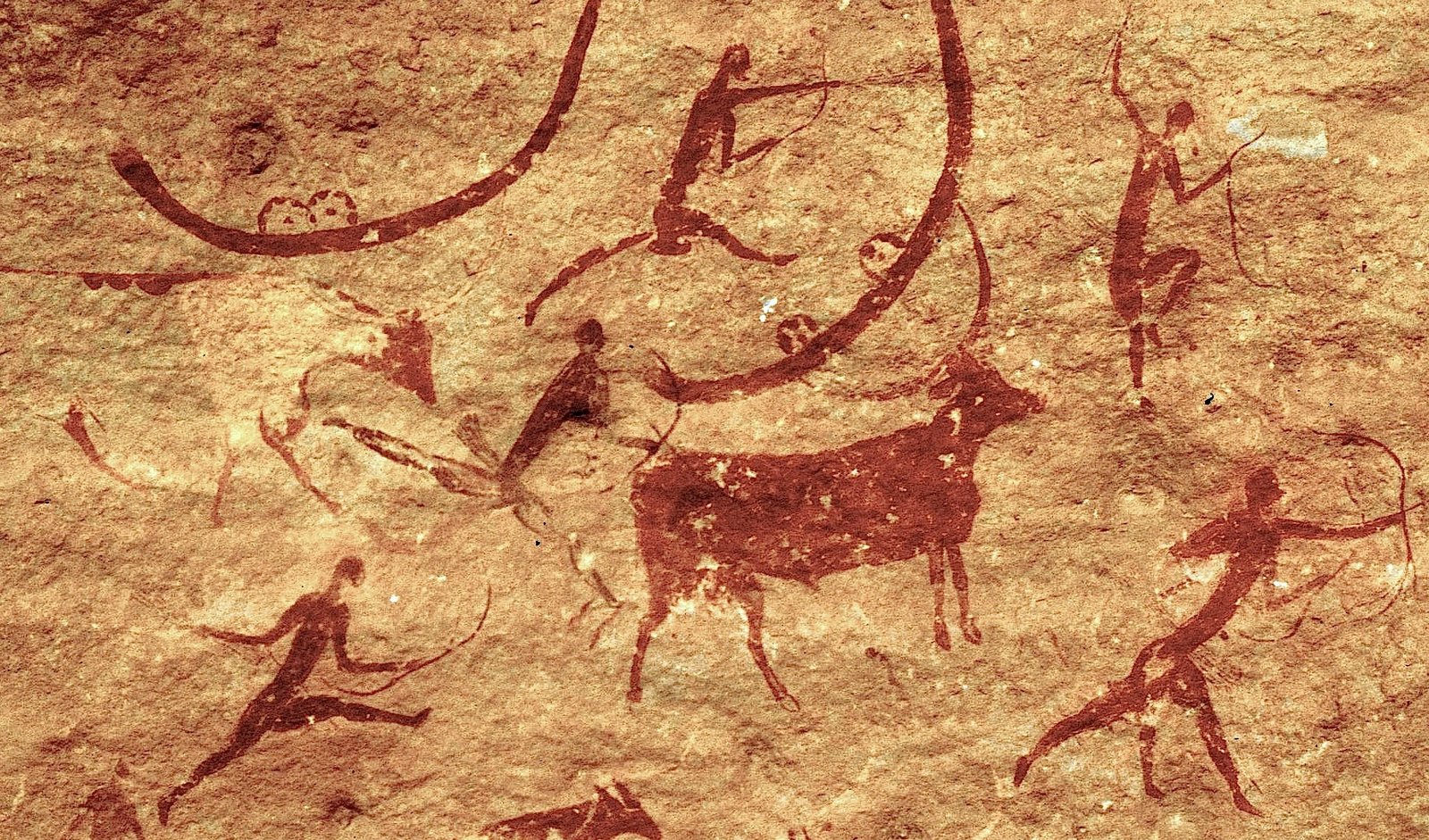A quick breakdown of traditional bow types
The use of bows and arrows can be traced back to the beginning of human’s history and their uphill struggle to defend themselves and procure food. Archery has played a major role in almost all cultures around the world, including Asia, Europe, and North America.
Some of the most skilled archers were believed to be the Native Americans. Despite their bows being incredibly simple and basic, they managed to hunt and wage war for thousands of years! It was their exceptional ability to stalk within very close range of their prey that helped them overcome their lack of equipment and be successful. Even now, it is the ability to get close to our prey that remains the essence of all bow hunting.

Archery equipment has come a long way since humans first started bow hunting. We’ve now moved into a more mechanical sense of bow hunting with the invention of the arrow shelf and the Compound Bow. With improved technology, it’s no surprise that the compound bow is the most popular type of bow for shooting and hunting today.
However, it is the true traditional bows – bows used in the periods before the 1900s – that are my favourite.
As it is my speciality, I will keep it traditional in this article, and examine some aspects of the traditional bows that have gotten us to where we are today.
The Longbow:
The longbow, as its name suggests, has long nearly straight limbs that form an arch when the bow is strung. The length of a longbow can go anywhere from 1.5 to 2.5 meters in height, although, there are some that may have been longer or shorter depending on the size of the user. Traditional bows such as this never sported attachments of any kind. Bow sights, balancers, arrow rests and other accessories were not used until much later in the 1900’s making the Longbow one of the most traditional and primitive bows out there.
The “longbow” as we know it today is generally referred to as the weapon of Medieval Britain. However, this type of bow can also be tied back to so many other civilizations, from the Vikings to the Native Americans. Each created them a little differently to best suit their situation. For example, the Native American bows were cut a lot shorter so that they could be used on horseback. The Japanese Longbow (the Yumi) has one much shorter bottom limb to give it that extra push in power. In Europe, the English would cut the bow out of Yew in a “D” shape to have the softer core wood on the inside of the bow leaving the harder wood on the outside. This made for much greater stiffness without breakage as the soft wood was there to support the harder belly. All in all, The longbow is an excellent choice for those wanting to stay traditional. Other than making their own stick with a string, a Longbow is as traditional as you will find!
The Recurve Bow:
The recurve bow is also traditional and was used in many a medieval war. These were made mostly with “laminations” of harder and softer woods or even horns on the bellies of the bow making them composite bows. (not to be mistaken with compound bows). This type of bow is usually shorter than the longbow, and the limbs have curves on them to increase the power and efficiency of the shooter.
If looking at a pound per pound test, a recurve bow like the ones used by the Mongolians on horseback would have had a lot more power than a standard longbow. The problem is that to have such a short stature with so much stiffness in the limbs (for the extra power) would mean that they couldn’t reach the high poundage that a longbow could achieve without breaking.
The Modern Laminated Recurves that we see today can feature a “pistol style” grip and arrow shelfs. All of which were not created in bows until later in the 1900’s. The Recurve is generally a much smoother, quieter and faster shooting bow then the longbow, which makes it a popular choice among many.
For an archer choosing to shoot traditional bows, he or she is also choosing simplicity when it comes to equipment. There is very little one can add to a traditional bow to help aid in accuracy and precision. Dedication and practice made the archers of old the amazing warriors we know today. The same will go for everyone else shooting a traditional bow.
While these challenges may be too great for some, many find that they add to the pleasure of Archery and Hunting. Bow hunting is a unique emotional experience because you are so close to the game. Getting back to basics helps us to appreciate how our ancestors lived and what they had to do to procure their daily meals.
If you enjoyed reading this article and want to read more feel free to sign up to our Newsletter or visit our Facebook page for more helpful tips and articles.
And remember… Keep it Traditional!
